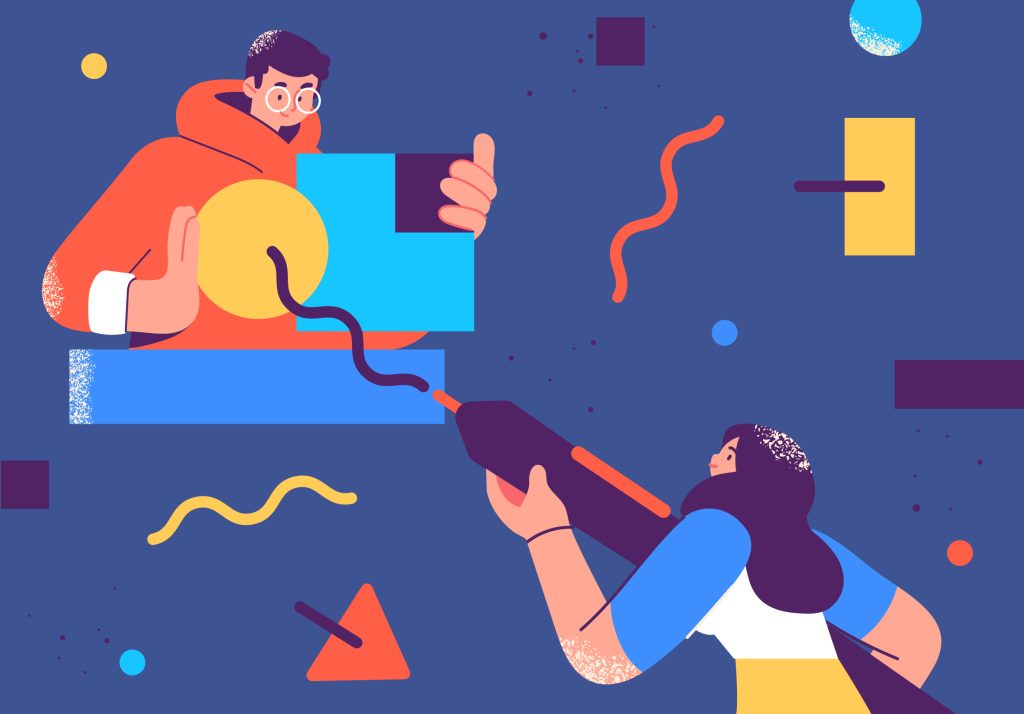Design, in all its forms, is about understanding people – how they interact and how their behavior can influence and bring change.
When it comes to the brands and businesses who shape our world, design is a critical tool when it comes to creating new culture – subsequently, design is, more often than not, the differentiating factor for success. For the last 2 years, design has been seen as a powerful business asset, climbing corporate hierarchy higher than ever before.
The global pandemic has brought massive change to how businesses operate in response to an equally massive change in how customers, consumers and audiences behave. Post-pandemic, we are living differently – decision-making has been influenced – default behavior is an increased evaluation and assessment of an offer or product, before we commit. Today, audiences need more persuasion. To transform hesitancy to conquest, Companies must be seen as leaders of change, bringing something substantially and fundamentally different. From the rise of on-demand TV to how we order taxis or food, there is an ongoing zeitgeist shift in how we live – those Companies and Brands responsible for this have invested in design to change our daily lives. It’s growing proof that design is moving up the executive ladder, Companies becoming ever-more confident in the value of design, and it’s measured return on investment. As design shapes how our future will look and how we behave, design now has a deserved seat at the top table. It marks a radical shift in the role of design and designers in Brands and Companies and Organisations of all sizes. Fuelled by effective design, markets are becoming ever more competitive, and it’s design again through innovative thinking that will always provide the stand-out.
Design influence is growing.
20 years ago, businesses who valued design as a strategic asset were mostly found in sectors where aesthetics were a competitive advantage: fashion, furniture, automotive, and consumer electronics. Now, in every kind of industry, design is taking a lead role in business structure, performance and success. The idea that design can help transform the fortunes of businesses is gaining traction, but there’s more to be done to get the balance right. Some might recognise the need to transform their practices or offer through design, but it’s not simply a case of hiring a designer or design services. For those businesses understanding how design can play a more integrated role in their success, there is often a need for an internal cultural shift.
— Stakeholders should be involved early in the design process so they not only feel more invested in it, but also have the chance to become integral in making it better
Design bettered when shared.
Stakeholders should be involved early in the design process so they not only feel more invested in it, but also have the chance to become integral in making it better. Likewise, designers and design teams have learnt that there is no sense to silo their designs. Process efficiency happens when stakeholders are involved in the design process earlier, late-stage changes from executives are less likely, and If new budget is required it’s easier to attain when the process has been followed and understood from the start by those responsible for funding. Statistics show that today more designers hold executive positions or boardroom seats – many companies reported a 1:10 designer-to-other executive ratio in 2021, a dramatic shift from 1:20 in 2017. But while such ratios are important, how you work is even more vital. Design should be included in early project planning and overall business strategy. If ratios feel appropriate, but the outcomes are still lacking, look at your cross-functional processes. Is design being treated as an internal service or an integral partnership? There’s a sweet spot to be found – an increased focus on the ‘design factor’, whether internal team or external design services, can add value, but too much emphasis and there is an argument that processes will slow down. Tightly knit, talented design services, whether internal or external, are key to efficiently translating ideas into functioning business attributes and effective assets.

Design does it faster.
A decade ago, months of strategic planning were required before releasing any kind of digital product to the public. It’s now possible to prototype in a day or a week what would have taken a year before. Today, through powerful digital developments, innovative products and practices born out of the design industry’s continually evolving role, businesses are learning, and facilitating change 10 times faster than they were 10 years ago.
Design providing the edge.
In the past, a good digital platform could set a business apart. Now, ‘good’ simply isn’t good enough – to build a house you need an engineer, but to build a beautiful and clever house, you need an architect… The more competitive your business landscape, the more you need to work on the nuances of how good that experience is, never forgetting that user friendliness and emotional engagement are increasingly vital factors for any business to consider. As new technology reduces costs dramatically, and as digital channels level the playing field for sales and marketing – the mountain to climb to market entry is diminishing across every sector. In the age of the start-up, big names can no longer protect their products and brands if they are mediocre, or not fulfilling people’s needs and wants. If you’re weak, even in one area, that’s where newcomers will enter. Faced with these challenges, design is once again the answer. Brands, Companies and Organisations of any size are left with one solution: focus on people – those people that make up your audience – and this is what designers do – design is about an obsession of creating extraordinary quality and all-round value for people.
— Statistics show that today more designers hold executive positions or boardroom seats – many companies reported a 1:10 designer-to-other executive ratio in 2021, a dramatic shift from 1:20 in 2017
Design – an ecosystem of experiences.
When it comes to return on investment, design is now considered a sure thing. Whether it’s the absolute importance of designing fluid e-commerce interfaces, a sparkling new identity, or simply ensuring your product or message before and above your competitors, the Executive suite has learned to embrace design. By its very nature, design, whether good or bad, will always be noticed – likewise, its role will always be measured. When moving design to the forefront, or being seen as design-led business, executives will face pressure, and also instill pressure, in the name of measuring progress. For progression in the right direction, design should not be sporadic or restricted to a single product or campaign. If Tesla had released the Model X and all their other products, operating system, and experiences were mediocre, it wouldn’t have got the same result – Tesla customers expect to enjoy a complete design experience. Successfully embedding design culture can create a complete ecosystem of extraordinary experiences across every touch-point. To build design into your business core, understand your audience, and from there use design to keep delivering work that resonates, engages, and inspires your audience to share your name, product or service with others -, but it’s the best way to demonstrate the benefits of design, and it’s how design value will truly shine.
We can’t promise that a design superhero will save the world, but when it comes to innovative thinking, to create new culture, to effect massive change, there is perhaps no better force.
® 2023 beyoond.agency



